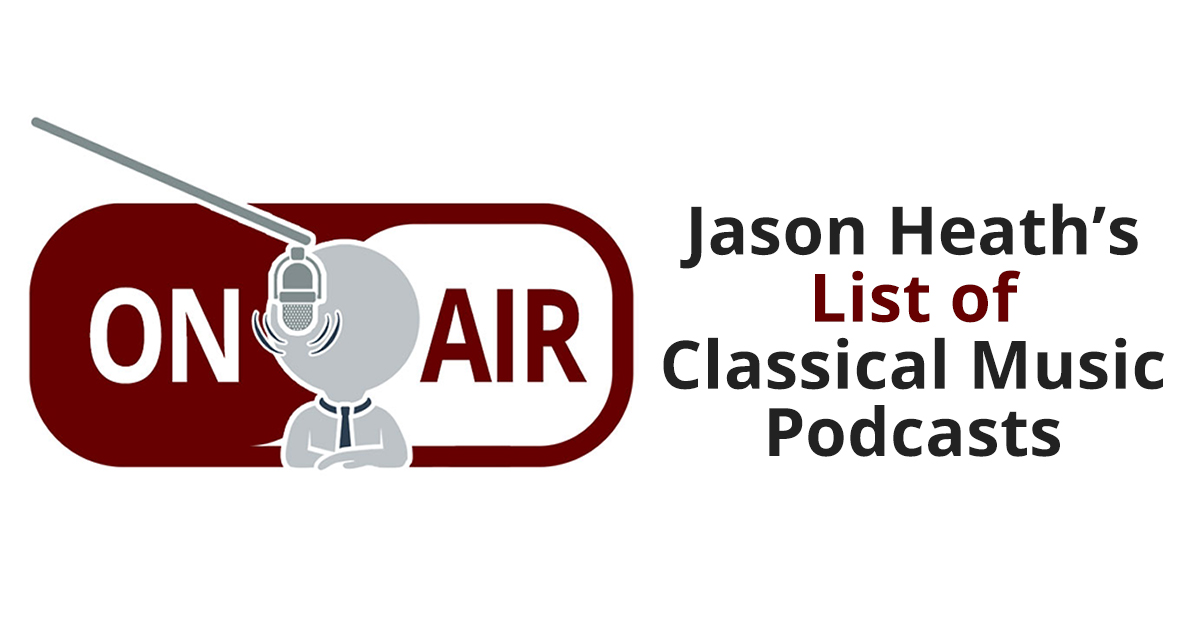I’m going to indulge myself today and go a little off topic. I’m not going to talk about management issues or any current industry events. Instead I’m just going to write about a concert I recently attended. I don’t want to write a critique of the performance, so I won’t. What I want to do is simply tell you a story.
It was this past July 2nd and I was set to attend that evening’s performance by the Grand Teton Festival Orchestra. The concert, conducted by David Lockington, featured performances of:
- Hailstork: American Fanfare
- Barber: First Essay for Orchestra
- Ives: Country Band March
- Ives: Decoration Day
- Corigliano: Tournaments
- Dvorak: Symphony no. 7
The Hailstork and Corigliano were both new to me and neither disappointed. The Hailstork started out with a solo trumpet section part that makes Fanfare for the Common Man sound like a warm up. I admire the players for not cracking under the pressure.
And I love Ives, not in huge doses mind you, but these two tunes were both wonderful. And how could you not enjoy the Barber? The orchestra’s full string section was so lush sounding I listened to most of the piece with my eyes closed. The sound was almost palpable. The Dvorak took up the entire second half and was a satisfying end to the evening.
But here’s what let me walk away from the concert with a sincerely inspired feeling in my chest: this was the first concert in awhile that I found myself becoming completely immersed in.
I brought my trusty pair of binoculars with me and routinely switched from a close-up view to a wide shot of the entire ensemble. And I was seeing things I’ve never seen before, such as when I let my eyes stop focusing on any one thing. After a few seconds I noticed that I could see each individual string section’s bowings move in a way that was similar to watching a large school of fish move. It was graceful.
Then I realized it wasn’t just the bowings moving in sync, but the players themselves were moving in sync together in their seats. It was subtle, but definitely there. At several points in the Dvorak, the cello section swayed in union and even made an abrupt change from swaying left-right to right-left along with a change in the music.
It couldn’t have been planned, the players didn’t even seem to notice when they did it. When I asked a few after the concert about it, they were oblivious to the fact.
Then there was the horn section! It was as though they were the Hammer of God in several sections throughout the Ives, the Hailstork, and the Dvorak. To watch the deliberate, sudden intake of breath right before a unison loud passage was enough to make the remaining orchestra suddenly disappear, only to be replaced with a thunderous level of warm four part harmony. And watching it all through the binoculars intensified the event they allowed me to concentrate not only my sight, but my hearing on just the horn section.
Then there’s the joy of watching the individual players. You can tell the ones who are engrossed in the music, which ones enjoy or dislike what they’re playing, and which ones are sometimes holding on for dear life while navigating a particularly difficult passage.
Finally, there’s the fun of watching the mechanical process of playing an instrument: the clarinet players hurriedly yanking off a mouthpiece and fit it to another instrument that had been waiting patiently on their laps, and the tympani player changing the pitch on each drum almost silently.
Then it dawned on me that nearly everything I was experiencing during the concert was impacted visually, sometimes even more so than the aural experience. To me, it reinforces what makes a concert experience so special: being there in person.
I’m fortunate. I know what to look for, how to listen, and what’s happening on stage. In addition to being given a tremendously satisfying artistic product, I was given the treat of becoming immersed in the entire event.
If I was fussing with program notes, or distracted by a visual annoyance, it wouldn’t have been nearly as satisfying of an experience.
After the concert one of the volunteer ushers (a complete stranger to me) took a hold of my arm while I was on the way out and asked me what instrument I played.
That question completely threw me off guard and all I could stammer out was “How do you know I play an instrument?”
She replied, “Because I can always tell when someone in the audience is a musician”.
I think that’s the nicest thing anyone’s ever said to me.


